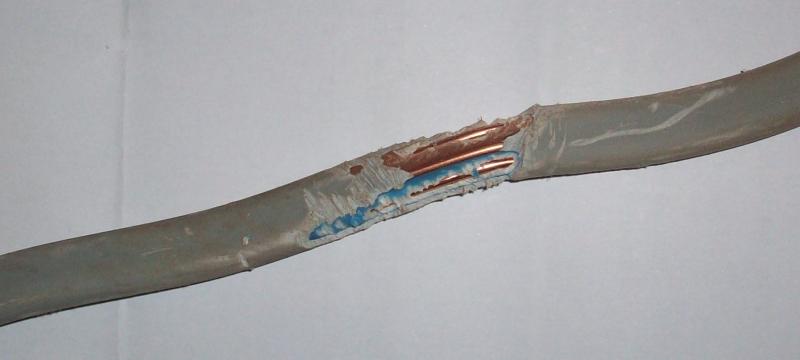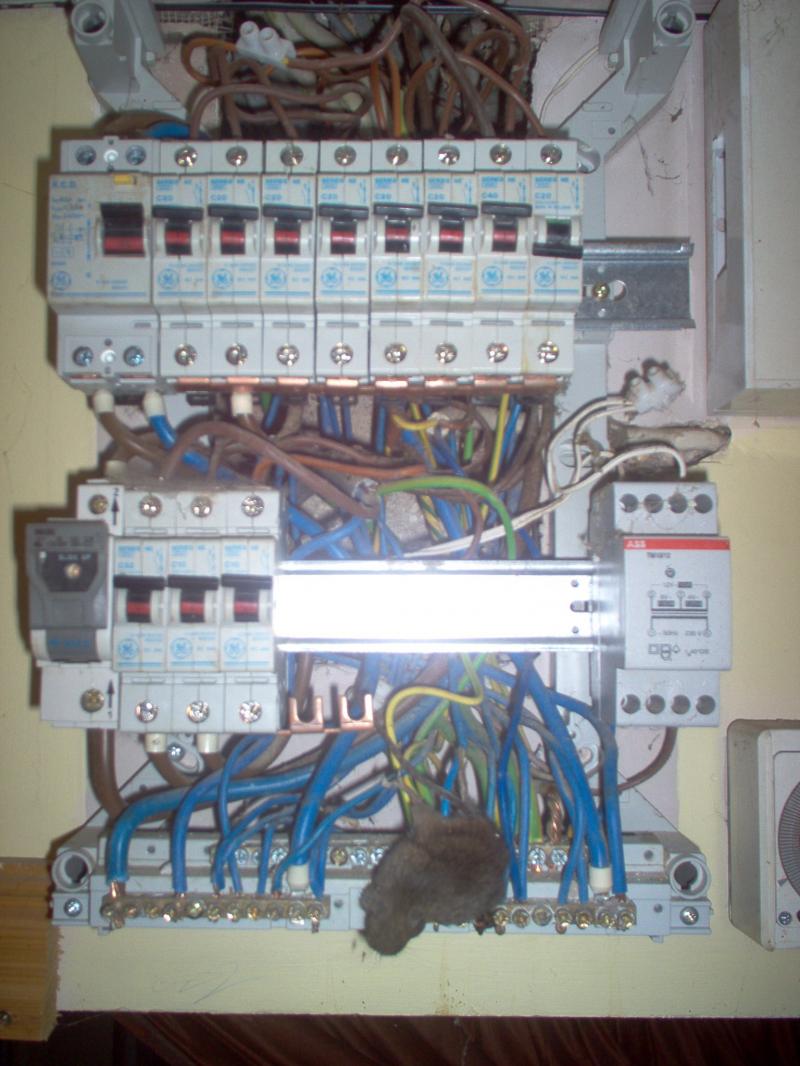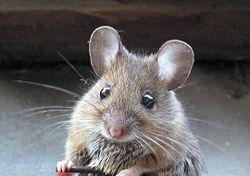Hello all,
I'd like to know of practical ways to protect the electric cable runs in a domestic property. So for the sake of this discussion, let's assume:
- terraced house
- wooden joists for floors
- current installation is T+E
- experiment confined to 1 room on first floor
- resident mouse in room will eat pvc if he sees it
- cable must be protected through joist (from mouse gnawing)
- new wiring will be joined to T+E outside of this controlled room (i.e. not taken back to CU)
Here are my thoughts so far:
1. Use steel conduit (probably not possible without major upheval)
2. Use flexible steel conduit (T+E or singles?)
3. Use pyro cable (realistic?)
4. Use swa cable (realistic?)
Any input would be greatly appreciated.
Thanks
d.
I'd like to know of practical ways to protect the electric cable runs in a domestic property. So for the sake of this discussion, let's assume:
- terraced house
- wooden joists for floors
- current installation is T+E
- experiment confined to 1 room on first floor
- resident mouse in room will eat pvc if he sees it
- cable must be protected through joist (from mouse gnawing)
- new wiring will be joined to T+E outside of this controlled room (i.e. not taken back to CU)
Here are my thoughts so far:
1. Use steel conduit (probably not possible without major upheval)
2. Use flexible steel conduit (T+E or singles?)
3. Use pyro cable (realistic?)
4. Use swa cable (realistic?)
Any input would be greatly appreciated.
Thanks
d.






